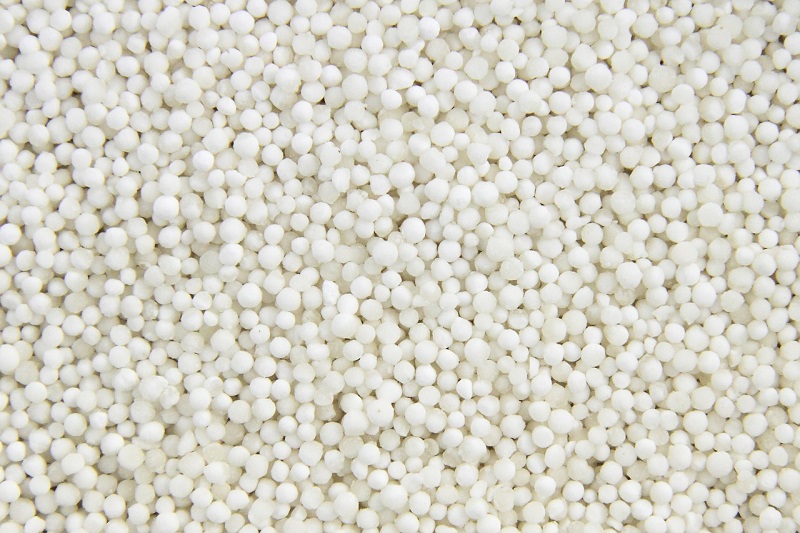Derived from cassava roots, tapioca is a gluten-free flour that can be used as a thickening agent in different foods and recipes. It’s low in calories and sugar-free, much like cassava flour. Tapioca flour benefits those who have a gluten intolerance or sensitivity by providing an alternative to flours that contain gluten in cooking or baking.
Tapioca Flour Benefits
1. Gluten-Free, Grain-Free, Nut-Free
Tapioca flour benefits include the ability to provide a gluten-free, grain-free and nut-free flour option. Tapioca is also vegan and sugar-free. Because cassava products are easy to digest, tapioca flour benefits those with digestive issues, such as celiac disease, diverticulitis, IBS or IBD. (1)
2. Low in Calories, Sugar and Fat
Tapioca flour benefits include being low in calories, sugar and fat. It does have more carbohydrates than other gluten-free flours, but it provides a low-calorie option that can be used in many healthy recipes. Tapioca flour benefits also include the ability to provide a safe option for those who suffer from diabetes, high blood pressure, high cholesterol, allergies and digestive issues. It can be used in recipes to reduce the use of butter, oil, cream or dairy.

3. Tasteless and Odorless
Tapioca flour benefits include the ability to be used in both sweet and savory dishes. It’s virtually tasteless and odorless, so it can be used in any recipe. Tapioca flour benefits those who don’t like the taste of other gluten-free flours. It can help make baked foods more spongy without disturbing the taste. (2)
4. Binds and Thickens Recipes
Tapioca flour benefits include the ability to absorb and retain higher water content in baked goods, compared to other flours. By binding and thickening, tapioca flour benefits baked goods by keeping them moist and preventing them from drying out. Unlike yeast, tapioca flour does not rise, which means it may not be the best ingredient for breads and cakes, but it can hold recipes together butter than almond or coconut flour.
Tapioca vs. Cassava
Tapioca flour and cassava flour are made from the same plant, so what’s the difference? Both flours are gluten-free, but cassava flour may be easier to digest. Cassava flour can also undergo less processesing than tapioca. When shopping for tapioca flour, look for a natural, unprocessed version. The less processed, the more beneficial. Overall, tapioca and cassava are highly similar and can be used interchangeably. (3)
Tapioca vs. Arrowroot
Arrowroot is also a popular choice for gluten-free baking. It’s made from different root plants, including cassava or yuca root. Like tapioca, arrowroot is free of gluten, nuts, seeds and dairy. It can be used to thicken and moisten recipes, making it an ideal ingredient for puddings, cakes and custards. Arrowroot also provides similar benefits as tapioca. It’s low-calorie and easy to digest.


